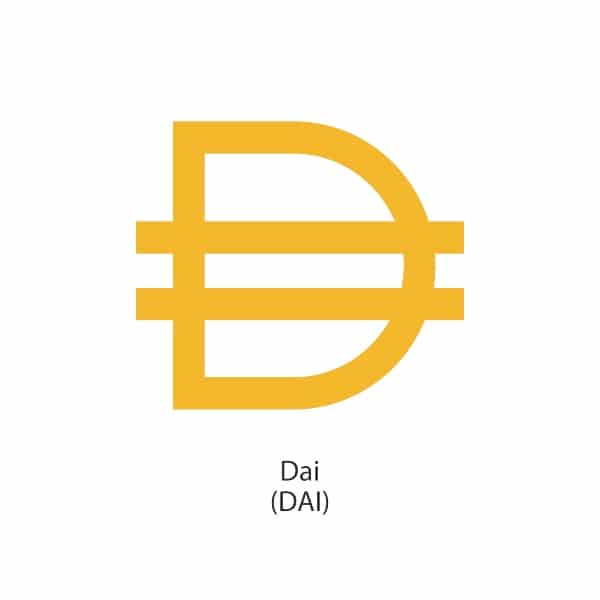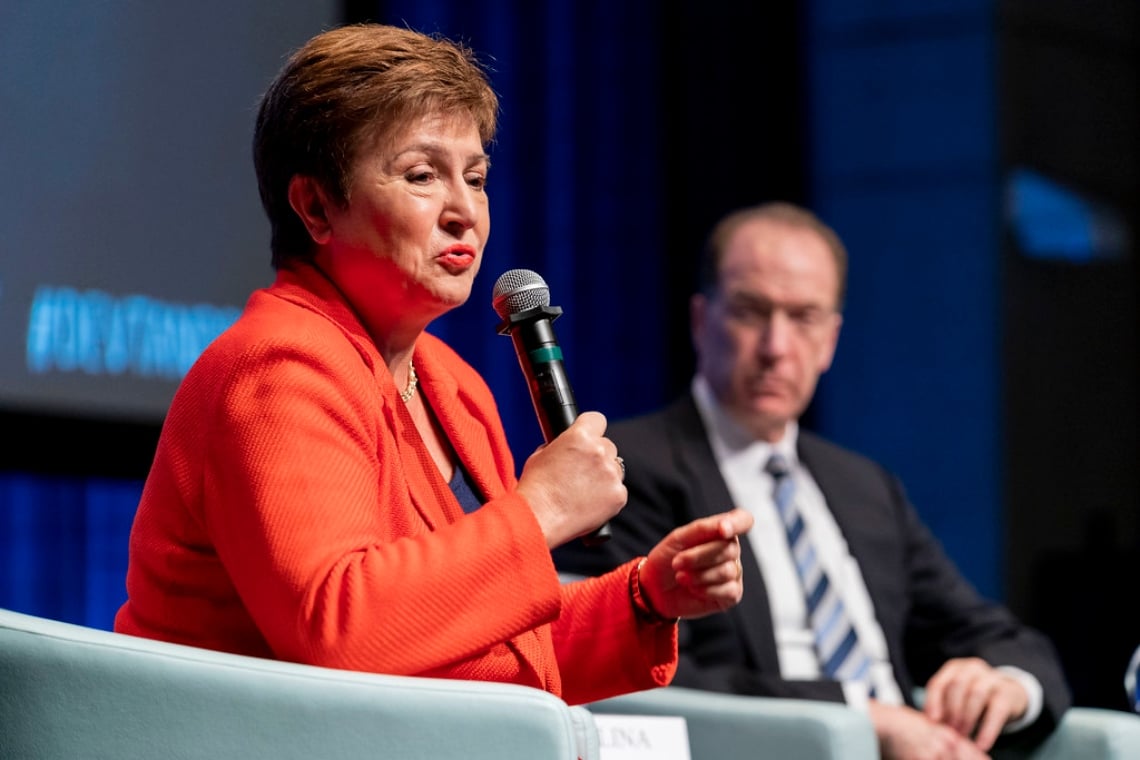International Monetary Fund (IMF) Director Kristalina Georgieva recently warned against less robust crypto projects and improperly collateralized stablecoins.
Summary
Georgieva represents the IMF at the World Economic Forum and issues a warning about stablecoins
During the annual meeting of the World Economic Forum, which is taking place in Davos, Switzerland, Georgieva said it is necessary to distinguish between the various crypto projects so as to understand which ones bring real benefits, and which ones actually only carry risks.
Speaking about the crypto sector, she stated:
“I would beg you not to pull out of the importance of this world. It offers us all faster service, much lower costs, and more inclusion, but only if we separate apples from oranges and bananas”.
Therefore, on the one hand he acknowledged that cryptocurrency technology can be useful in innovating the financial system, but on the other she called for a clear distinction between the various projects.
Surely she was referring to what happened with the implosion of the UST algorithmic stablecoin. Indeed, one of the first differences that needs to be established in this environment is to recognize on-chain collateralized stablecoins from those backed by a real, physical reserve (off-chain).
It is worth noting that while UST sank due to insufficient reserves to support its fixed value of $1, other off-chain collateralized stablecoins, such as USDT, USDC or BUSD, held up very well.
Georgieva commented, saying:
“The less there is backing it, the more you should be prepared to take the risk of this thing blowing up in your face”.
What entails having on-chain versus off-chain collateralization?

DAI is probably the most stable on-chain collateralized stablecoin on the market
The case of DAI seems exemplary in this respect.
Yes, it is an algorithmic stablecoin pegged to the dollar price, but it is over-collateralized so that it can withstand even sudden drops in the value of the underlying.
UST, on the other hand, did not withstand the loss in value of LUNA, eventually imploding completely within a few days. DAI, for example, continues to be worth $1, and although it has suffered a few sharp swings in recent days, in the end it never really broke away from this value for more than a few hours.
It is no coincidence that UST has disappeared from the ranking of the most highly capitalized stablecoins pegged to the dollar, while DAI has risen to fourth place behind USDT, USDC and BUSD.
The concept expressed by Georgieva can hardly be disagreed with, not least because there are now more than 13,000 cryptocurrencies and tokens, and it is possible that most of these are not backed by solid projects, and may even be destined to disappear in the future.
Indeed, she also stated:
“When we look at stablecoins this is the area where the big mess happened. If a stablecoin is backed with assets, one to one, it is stable. When it is not backed with assets, but it is promised to deliver 20% return, it’s a pyramid”.
It is thus clear that Georgieva was not lashing out at stablecoins or cryptocurrencies in general, but only at those crypto projects that are not robust enough to survive. Unfortunately, there may be many of them.




